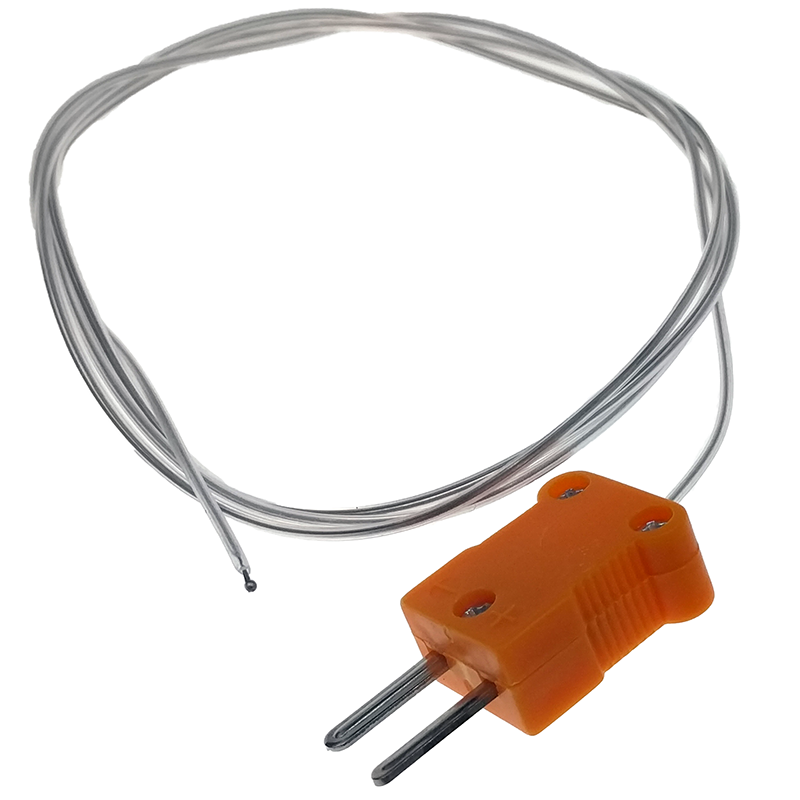Get Tech Tips
Subscribe to free tech tips.
What is a Thermocouple?

In HVAC, we work with thermocouples for temperature measurement all the time, but we may not understand the difference between a thermocouple and other types of temperature measurement sensors.
A thermocouple is just two different types of metal connected at a “junction” that generates a small voltage with a temperature change. Older furnaces would often use a thermocouple as a sort of flame sensor that would be immersed in the pilot flame and would generate a small control voltage that would “prove” that the pilot flame was lit. You will still often see this sort of millivolt control system on water heaters, fireplaces, and some pool heaters.

We often use a “K-type” thermocouple for line and air temperature measurements. This thermocouple uses one wire made of a chromium/nickel alloy called chromel and another made of an aluminum/nickel alloy called alumel. The voltage across this junction changes as the temperature changes, and the thermometer is calibrated to track this voltage change and display a temperature readout.
A thermocouple can often be confused with a thermistor, which is a resistor that changes in resistance with a temperature change, but they do not function in the same way at all.
Thermocouple sensors must be calibrated to the thermometer or meter they are plugged into using an ice bath to be accurate. They tend to be slightly less accurate than thermistors.
—Bryan
P.S. – If you're interested in learning about how thermocouples use the Peltier effect to refrigerate spaces without using refrigerant, feel free to check out this article about cooling technologies that DON'T use refrigerant.











Comments
To leave a comment, you need to log in.
Log In